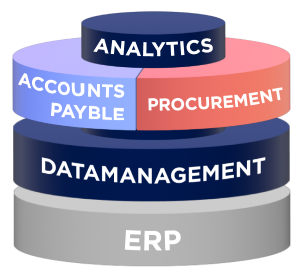Basware solutions for purchase-to-pay
Automation of purchasing and accounts payable with Basware and ICreative.
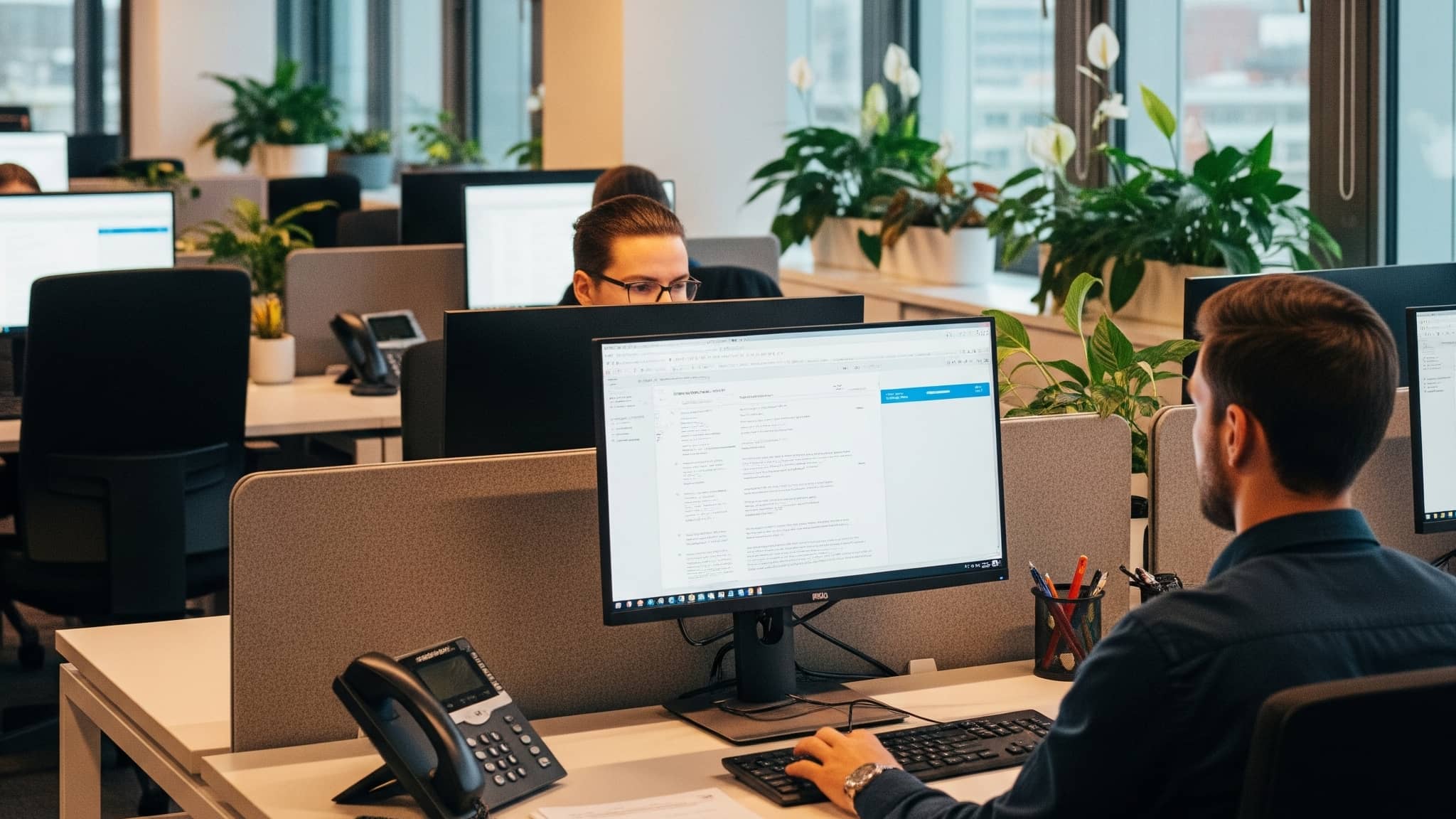

Digital transformation of purchase to pay
Without automation, purchase to pay is often fragmented and cluttered. The result: unnecessarily tied up working capital and retrospective corrections. With a data-driven P2P system, you get a grip on purchasing and accounts payable and proactively manage cash.
-
Reduce operational costs
Organizing and automating procurement (indirect spend) and invoice processing (both direct and indirect spend) centrally can greatly reduce the operational costs of these processes.
Automation of the p2p process often starts with accounts payable. The process of manually receiving invoices, coding them, validating them, having them approved by budget holders and submitting them for payment is replaced by a process of automatic invoice recognition, automatic coding and semi-automatic approval or fully automatic matching against purchase orders, for example.
Suppliers are automatically notified of the status of invoices they have sent.
-
Strengthen relationships with suppliers
Negotiate favorable price and delivery arrangements
When visibility into order and invoice flows is gained, they can easily be linked to the supplier base. For direct spend this will be clear, but for the long-tail to suppliers where stuff for maintaining company premises, office supplies and marketing materials is purchased, the challenge is greater. When orders and invoices are managed centrally, the supplier base can be rationalized and pricing and delivery arrangements can be made with preferred suppliers.
Take advantage of early payment discounts
Automating the receipt and processing of incoming invoices reduces turnaround time and allows a supplier to be paid more quickly. This good behavior naturally calls for a reward. A large number of companies in the Netherlands suffer from invoices that are paid late. To encourage buyers to pay earlier, many suppliers offer discounts for early payment of invoices. A payment discount of 1 percent is not unusual; 2 percent is also common. Research by Forrester shows that companies with an annual spend of 300 million euros over a three-year period miss out on an average of about 400,000 euros in payment discounts.
-
Improve auditability
By paying suppliers on time and thwarting fraudsters, you are already demonstrating good behavior. And that data-driven working reduces the use of paper is, of course, obvious. But data-driven working also provides transparency and traceability of work.
-
Prevent invoice fraud
A PDF or XML invoice passes through several email servers of which only about 50% are encrypted. On every other server, criminals can intercept invoices, modify them with their own bank account numbers and forward them. Through address spoofing, it is even possible to send an email on behalf of someone else. Criminals can also sling a phantom invoice into the market where the value is only a few hundred euros so that there is little manual check with recipients and payment is usually automatic. Companies and institutions can prevent this with automated control mechanisms on XML invoices (or paper or PDF invoices converted to XML). The content of an XML invoice is then compared with the supplier data as known to the customer. If the combination of name, VAT number and IBAN on the invoice does not match the data in the system, an invoice sent by criminals with a modified IBAN will automatically fall out.
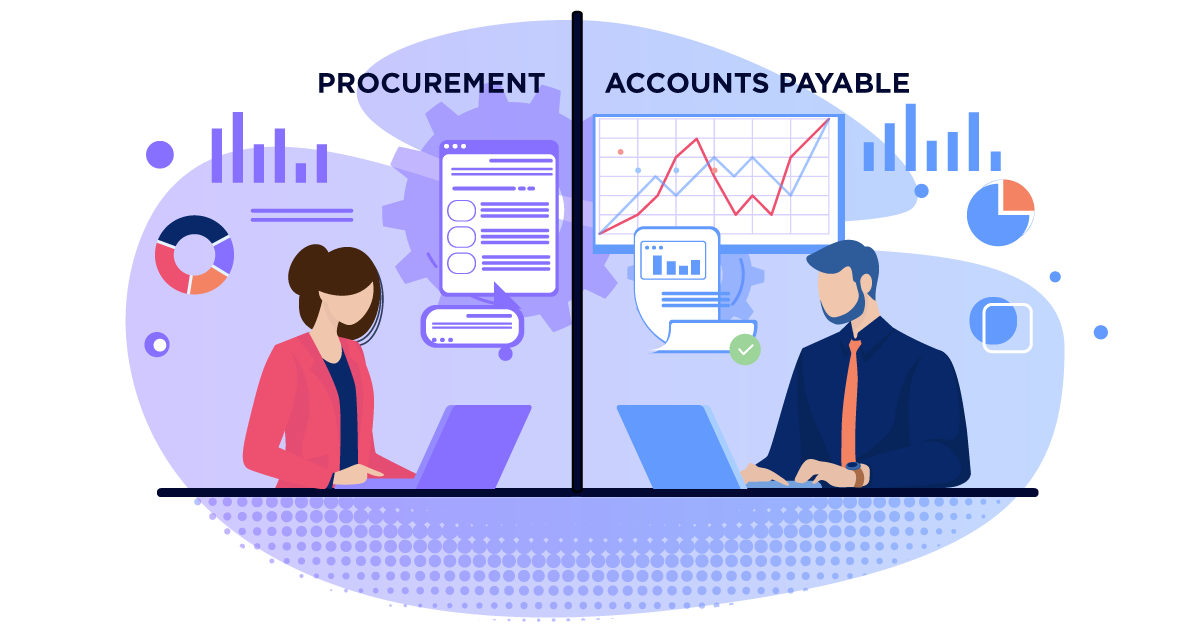

Automated purchase to pay with Basware and ICreative
The digital transformation of purchase to pay involves integration of the external and internal supply chain. For indirect purchasing, preferred suppliers are selected and contracted partly on the basis of Basware Analytics. The products of these preferred suppliers are offered centrally within the organization using Basware Purchase. For each order, a PO is created and submitted to budget holders for approval.
The invoice that follows is recognized and validated by ICreative and coded and matched with the corresponding PO using Basware Invoice. The invoice status portal allows suppliers to view the status of their invoices. Accounts payable merely tracks outages.
Seamless integrations,
maximum impact
We integrate with 250+ accounting and ERP systems, including SAP, Business Central, Oracle and Exact, excel in multi-system environments, and support e-transaction networks, including Peppol, Tradeshift, Tungsten and Pagero.
Projects we are proud of
From construction and manufacturing to public sector.
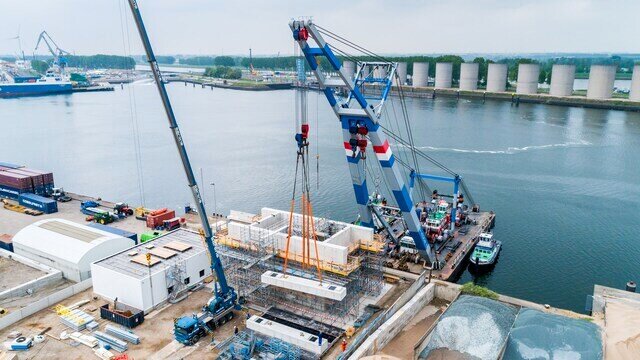
Ballast Nedam
"You know what to expect and the fact that it is error-free is very nice. Moreover, no more local installations and no more database management. A SaaS solution requires a different way of working. You are going to organize work differently. It's nice when the software then does what you expect it to do."
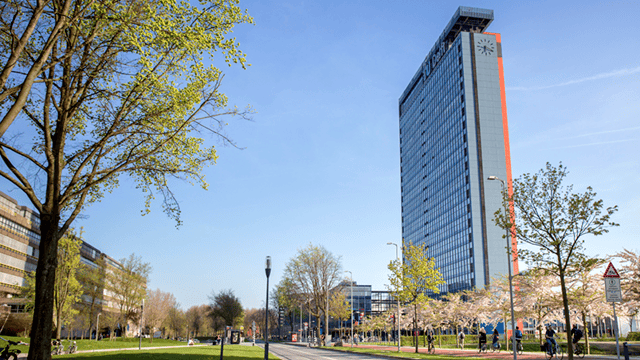
TU Delft
"At that point, all sorts of other questions came up. After all, Basware could do much more than just invoice processing. We wondered what else it had to offer for us."

Atradius
"We want all finance departments in all countries to work in the same way. But in practice we found that over the years many work processes arise naturally, but which no one knows about."
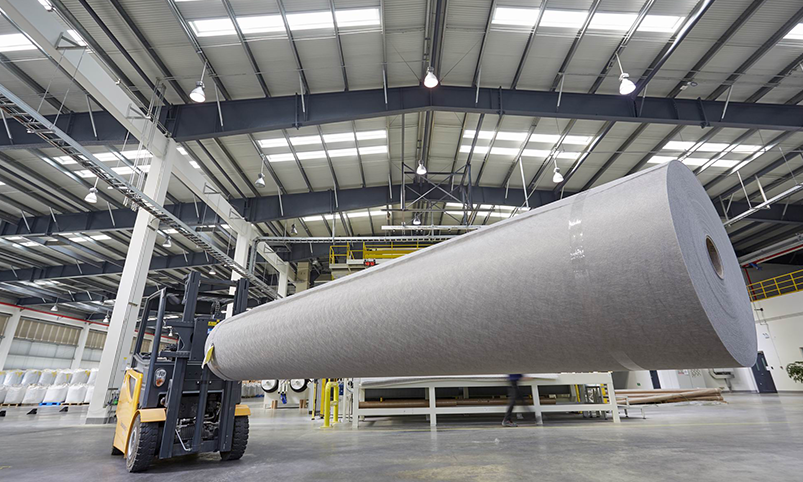
Low & Bonar
"We are working very hard to be more efficient and more structured. And we need to. Within Low & Bonar there are too many people across the world processing purchase invoices, and that simply costs too much. So we do need to
start working more efficiently."
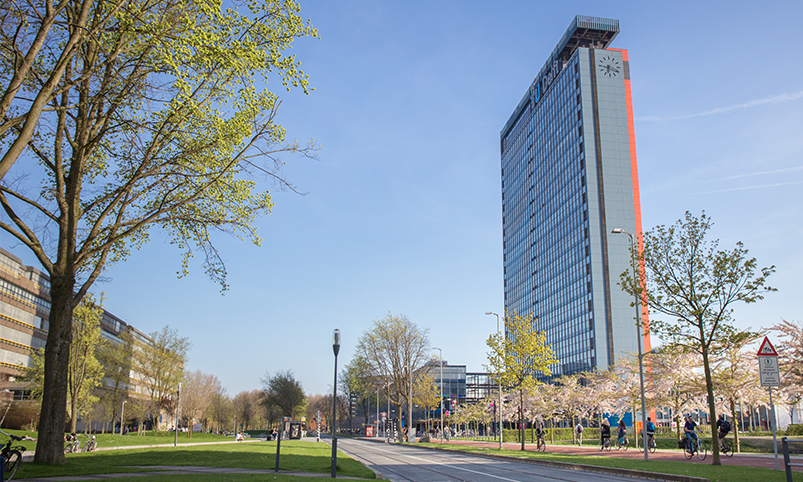
TU Delft
"At that point, all sorts of other questions came up. After all, Basware could do much more than just invoice processing. We wondered what else it had to offer for us."
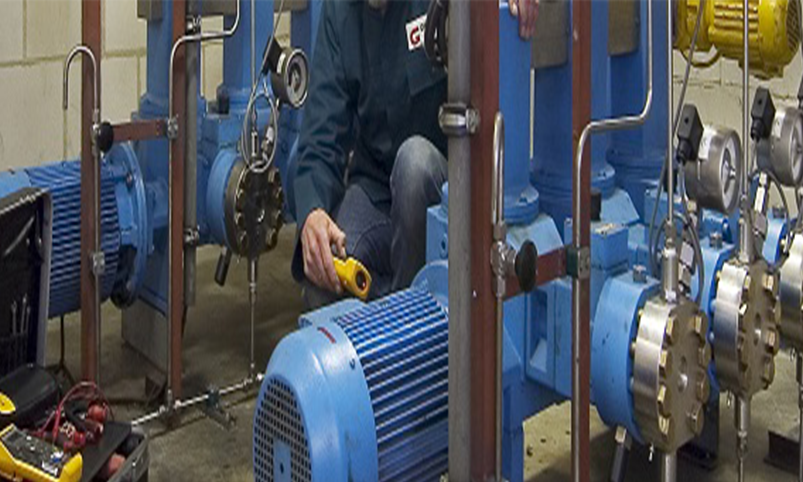
Geveke mechanical engineering
"In Basware you can control everything from one application where you keep the overview. You open the invoice, you can send e-mails, you see how the invoice should be booked, and so on.
In addition, Basware has a very nice search function where you can find everything in different ways. This really works so much nicer."








